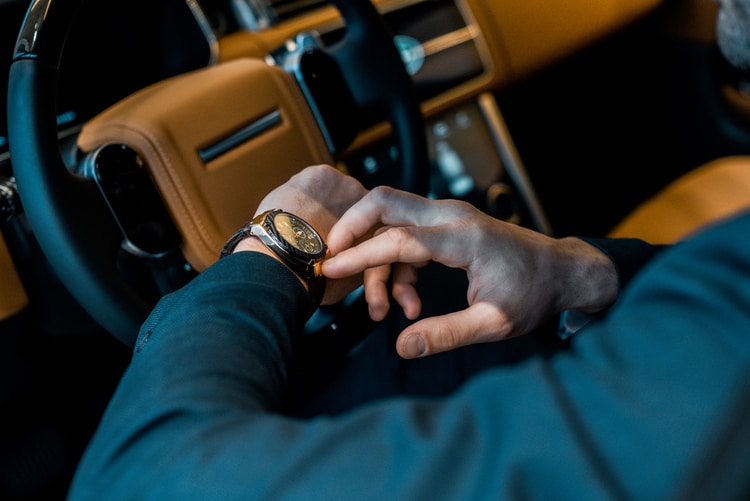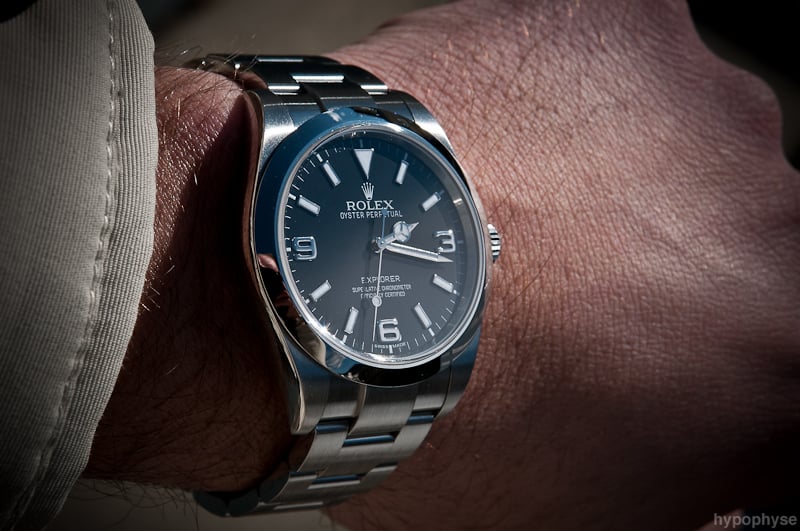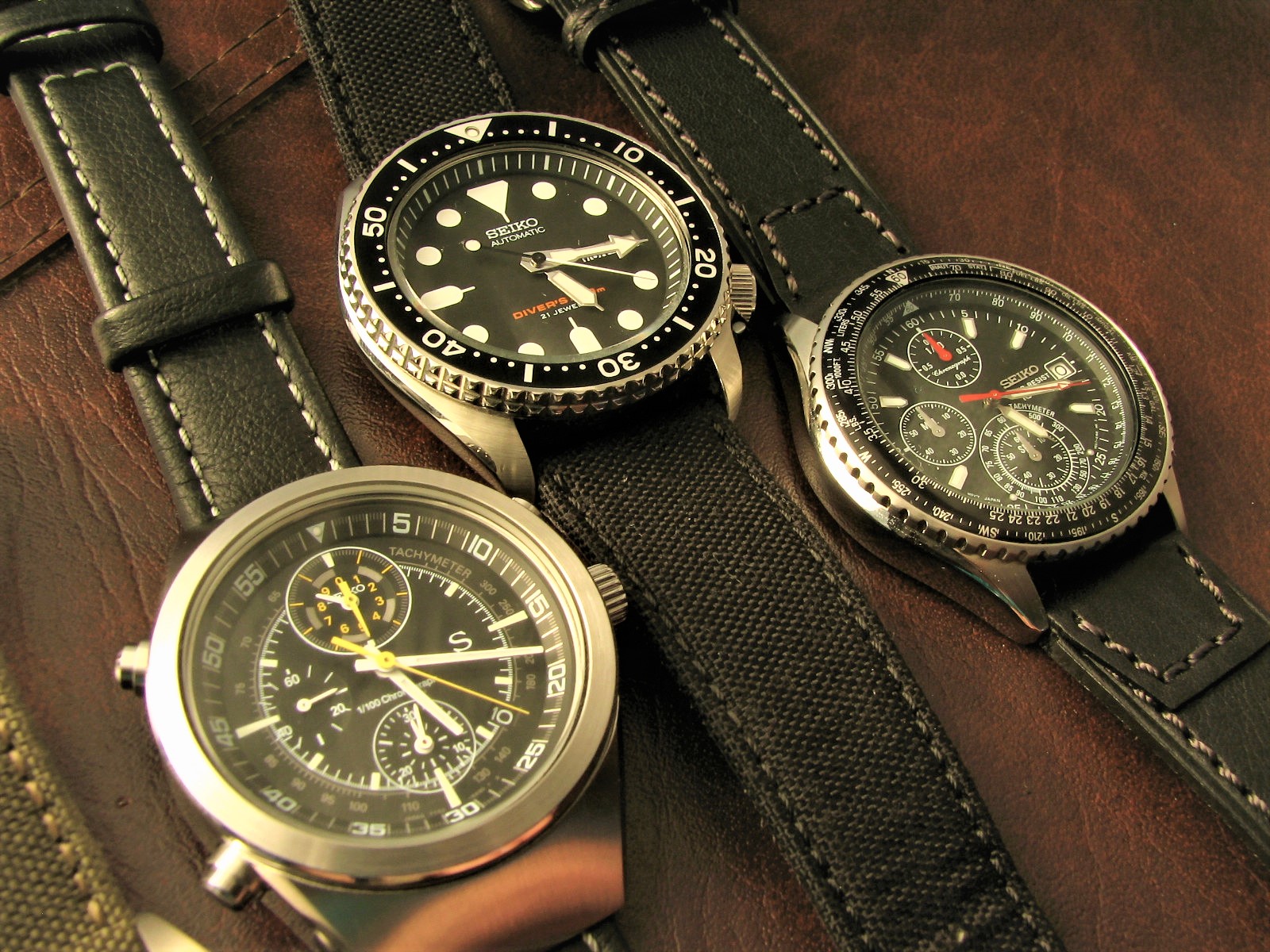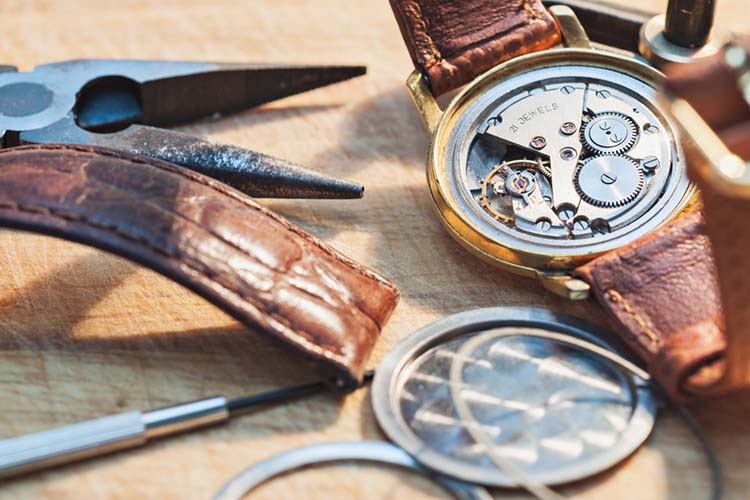When we hear the term Luxury Watch, we will all have our own perceptions of what that means and what brands come to mind. Buying a luxury watch is often seen as a milestone in one’s life and an important investment that should not be taken lightly.
It takes a while to become a luxury brand, and there are a lot of factors that come into play. This is why you do not see many ‘new’ brands and the market is mostly dominated by some of the oldest watchmakers, many that were founded over 100 years ago.
In this quick guide, we are going to be looking at what defines a luxury watch, the link between Swiss Watches and luxury and how brands sell the concept of luxury to us.
Table of Contents
Luxury Watch Definition
Everyone probably can think of a brand that they would associate with a Luxury Watch, despite this, the actual requirements for being a luxury brand are not set in stone.
Even if you look in the Horology Dictionary, the Swiss Watch Industry Federation’s dictionary of time, the term luxury is not even listed.
Although it is not so black and white on what defines a Luxury Watch, we are going to break down the concept to help make it easier to define.
Luxury Goods in economics are defined as an item that sees a disproportionate rise in demand as the buyer’s income raises, so basically they are more likely to be bought by wealthier people.
The dictionary term for a Luxury Item is a highly sought-after item that is surplus to requirement, it does not have any use outside of its social or cultural significance.
Granted, a luxury watch does tell the time, so does have an additional practical function too, but this gives us a better understanding of the semantics behind the term.
It is universally understood that a Luxury Watch will be expensive, but surely, what defines a costly endeavor to one person could be pocket change to another. So, maybe it is more about what is inside.
How Watch Brands Sell ‘Luxury’

To say there is a lack of ‘new’ luxury brands would be fairly accurate, it is hard to develop a luxury watch brand out of thin air.
Take for instance the founding dates of some of the most well-known luxury brands – Rolex 1905, Breitling 1884, Tag Heuer 1860, Omega 1848, Patek Phillippe 1839. This shows us that it takes a long time for the brands to cement themselves as an industry leader and luxury goods.
Let’s take a deeper dive into how the concept of luxury is manufactured and how brands can craft strategies around their high-end status and improve customer perceptions.
Celebrity Endorsement – most luxury brands deploy the use of celebrities in their advertising and try to align their values with popular figures. This has been a common practice for decades in the watch industry and celebrity watch spotting is great PR for these brands.
Price Tags – an expensive price is technically a key piece of selling the concept of luxury to a consumer, there is a certain cost where the average customer is put off and impulse decisions are non-existent.
Exclusivity – this links directly on from the above point, these brands will create a form of scarcity and exclusivity. Having timepieces that can not be bought by the masses creates a sense of achievement and pride when being able to buy one.
Rare Materials – it is no secret that luxury watches tend to steer towards the more expensive and exclusive materials when creating their watches. The luxury element has to come from all sides, the design, the manufacturer, the materials, and the final product.
Marketing – how we perceive products is often down to how they are marketed to us, or our individual interactions with a brand. For instance, the lack of sales promotions or special offers keeps the perceived value higher as the watches are already a ‘fair’ price.
Tradition – as we have implied from the legacies of some of these brands, sometimes it is just the tradition and history around the brand that cements it as a luxury product. Most of the luxury watchmakers are also the oldest watch brands, many were founded in the late 1800s or early 1900s.
Security – you have probably noticed that watch stores will have their own security guards or advanced protection systems in the form of CCTV and other anti-theft devices. This plays on our perceptions of high value and luxury, giving an additional level of exclusivity.
Are Swiss Watches Considered Luxury Watches?
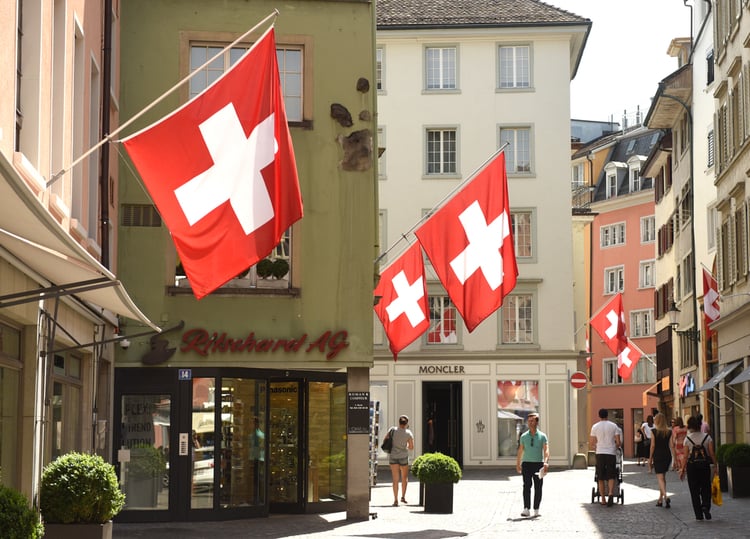
Anyone who is involved in the watch industry will tell you the significance that Swiss timepieces have on the market as a whole.
The commitment to design, manufacture and craftsmanship is second to none, but does that automatically make all Swiss-Made Watches luxury goods?
The short answer is no. Unlike Luxury Watches, Swiss-Made Timepieces do have a set of requirements to be defined as such:
- The movement of the watch has to be Swiss
- The timepiece has to be cased up in Switzerland
- A Swiss watchmaker has to carry out the final inspection in Switzerland
- At least 60% of the manufacturing costs were based in Switzerland
Nowhere in this criteria does it allude to the watches becoming luxury by meeting these above requirements.
Contrary to popular belief, not all Swiss-Made watches are expensive, in fact, there are a lot of affordable Swiss watch brands.
This does not mean that they are mutually exclusive, there are plenty of Swiss-Made watches that are defined as luxury and others that are not.
Although the term luxury is often determined by brand or price, it can also be down to the purchaser’s perception.
Is Price the Deciding Factor
You will hear some watch aficionados define a luxury watch by its price tag, claiming that “luxury” only starts at a minimum cutoff. The problem with this is that there is no consensus or agreed upon standard.
It is true that in some market reports from industry experts, such as Swiss Federation of Watch Manufacturers, you may see the watch market broken down into tiers based on average price.
Again, this is not official and depends on who you ask but may look something like this:
| Price in Swiss Francs (CHF) | Classification | Example Brand |
| <200 | Mass Consumer Watches | Swatch |
| 200 to 500 CHF | High-end Quartz/Entry-Level Mechanicals | Tissot |
| 500 to 3,000 CHF | “Affordable Luxury” Mechanical | Oris |
| 3,000+ CHF | Luxury | Omega |
The problem with this is that there’s a huge horizon past the 3,000 CHF mark ($3,500 USD), it wouldn’t be accurate to lump all watches above that price point in the same category since there are so many other factors.
There are also plenty of brands that make quality quartz watches in the $500 range and also manufacture watches well above the $3,000 mark – that doesn’t take away from the brand’s ability to deliver luxury timepieces. On the other hand, a brand that only sells quartz or only sells in the sub $500 range is not going to be considered by any serious watch aficionado as belonging to the luxury category. Again, the table above is just meant to give a very general orientation on price.
Collectors could argue endlessly about brand hierarchy and which are considered “Haute Horlogerie” (“high watchmaking”). You could also further differentiate between legacy Maisons such as Vacheron Constantin, Patek Philippe and Audemars Piguet (the Holy Trinity of watches) vs innovative modern brands such as Richard Mille or MB&F.
Luxury Watches Summary

As you can see, there are a lot of indicators that can point towards a watch being luxury or not. But, in terms of an official definition, the industry is open to interpretation and debate.
Certain watch brands have become synonymous with luxury, from Rolex to Patek Philippe, to Breitling, to Audemars Piguet, to Tag Heuer, to Omega, and so on.
There are certainly similarities between these brands, whether it’s their commitment to high-end materials, traditional watchmaking, expensive price tags, or just customer perceptions and clever marketing strategies.
One other misconception is that all luxury watches are great investments, in reality, there are only a small number of watch brands that consistently hold their value or appreciate over time.
Understanding that luxury is not always static, especially when it comes to watches and the definition is loose, leaves more of a gray area in what determines ‘luxury’.

